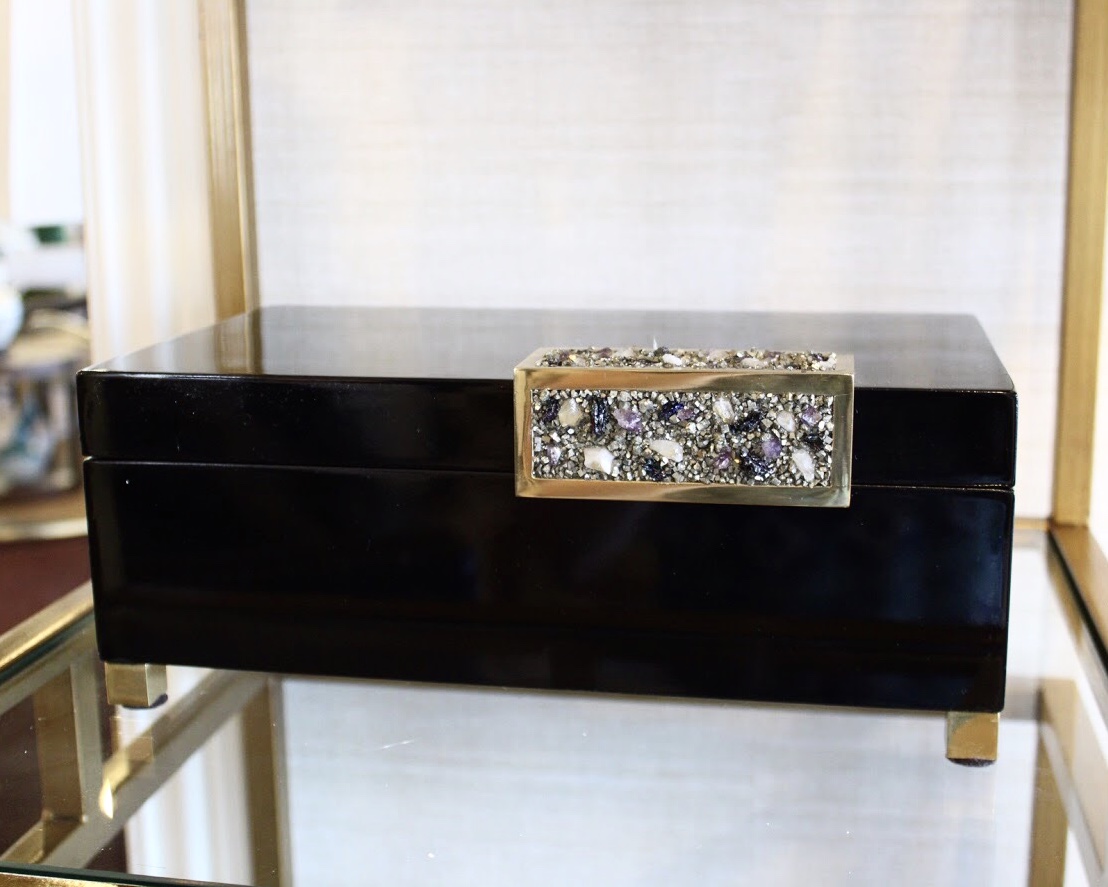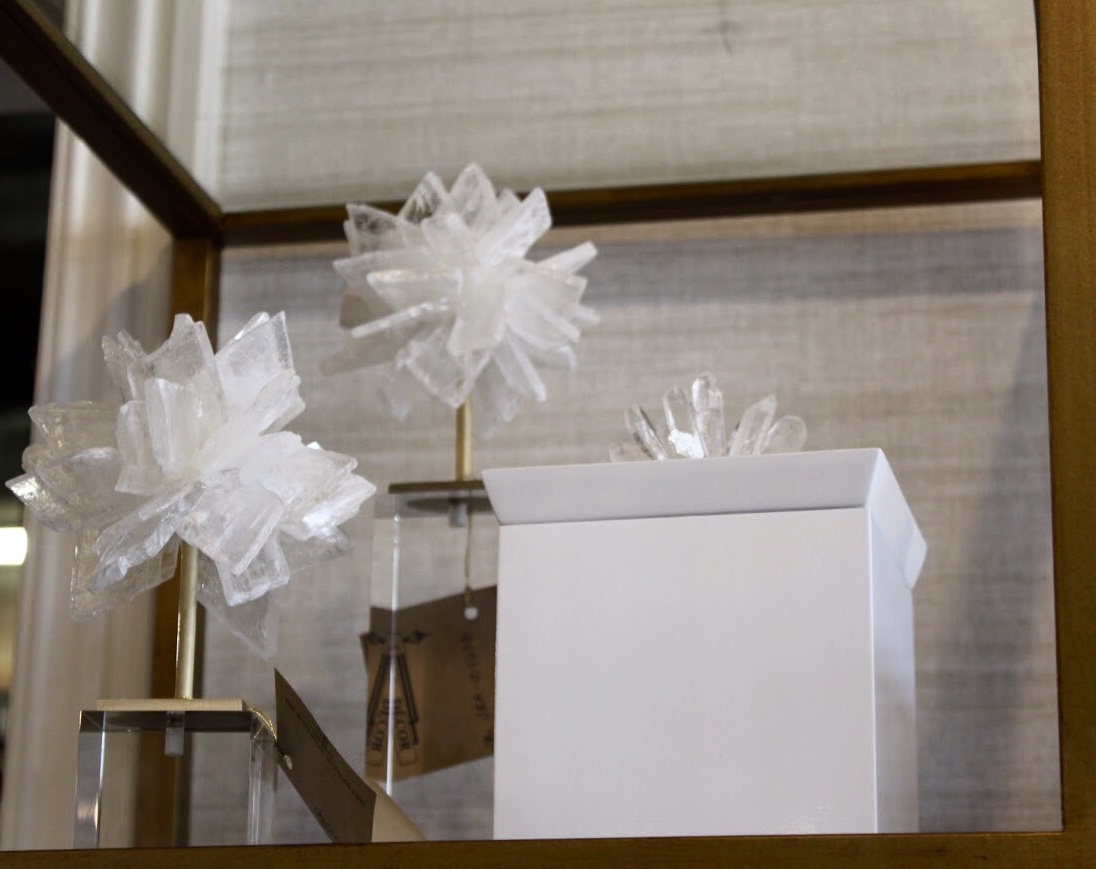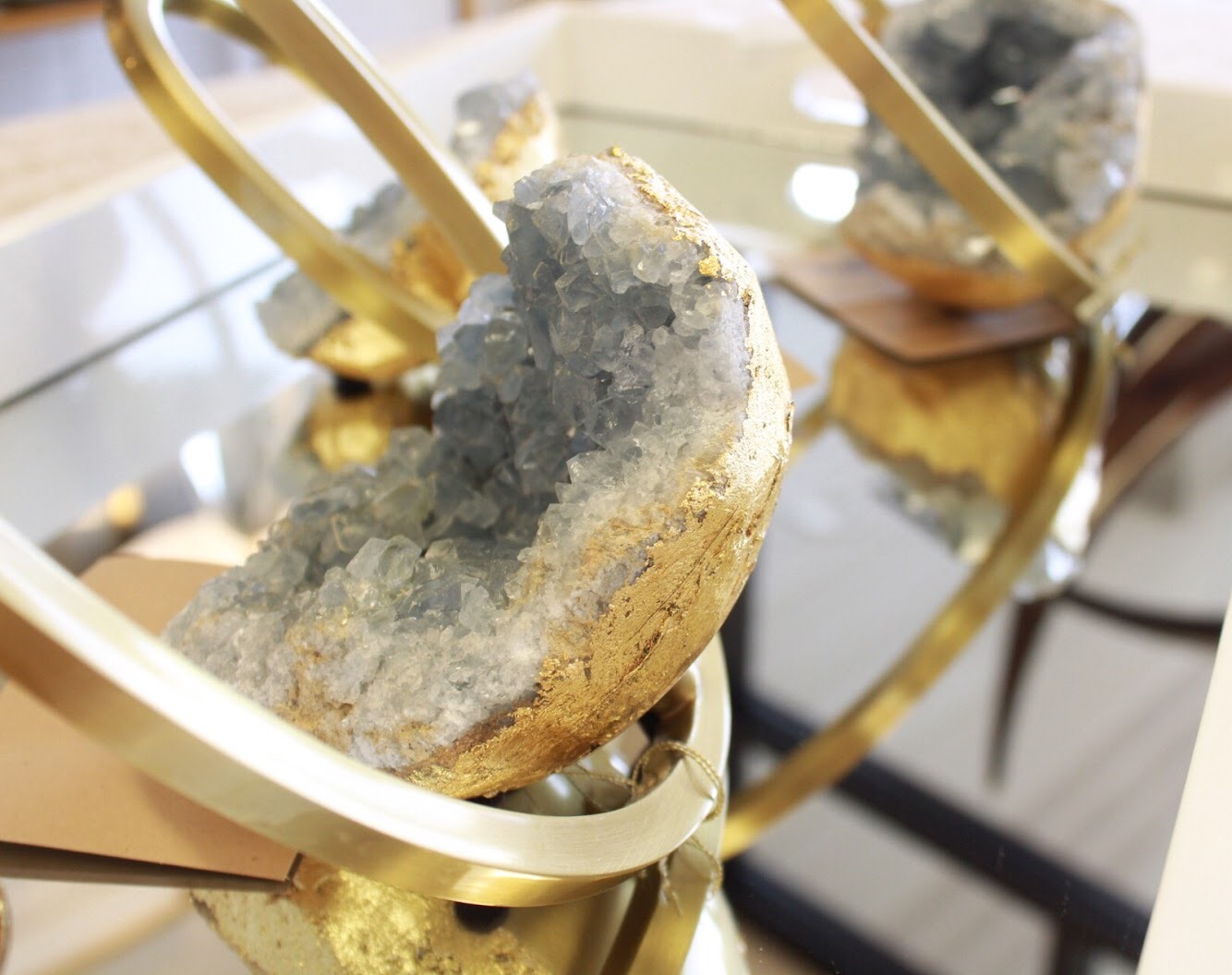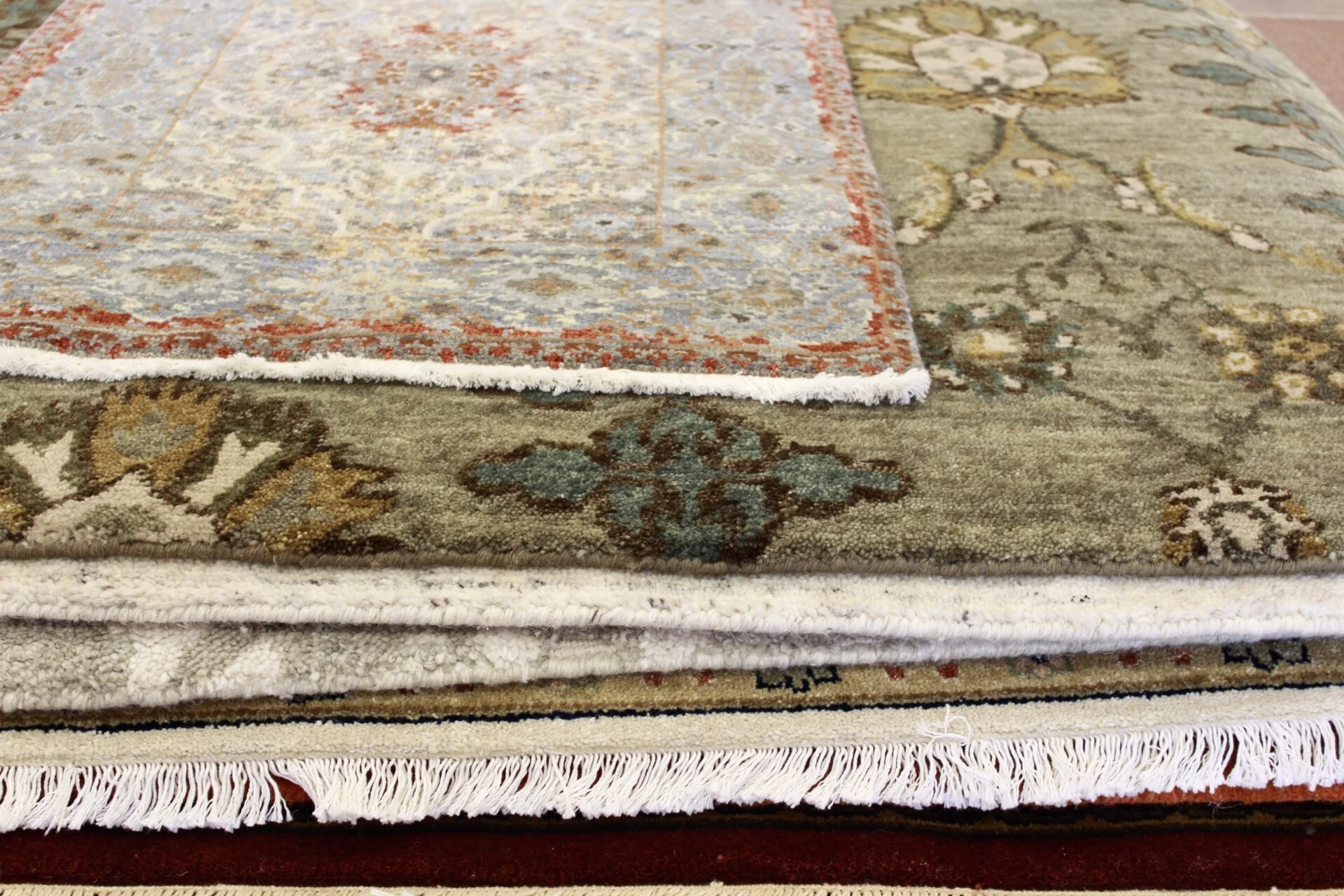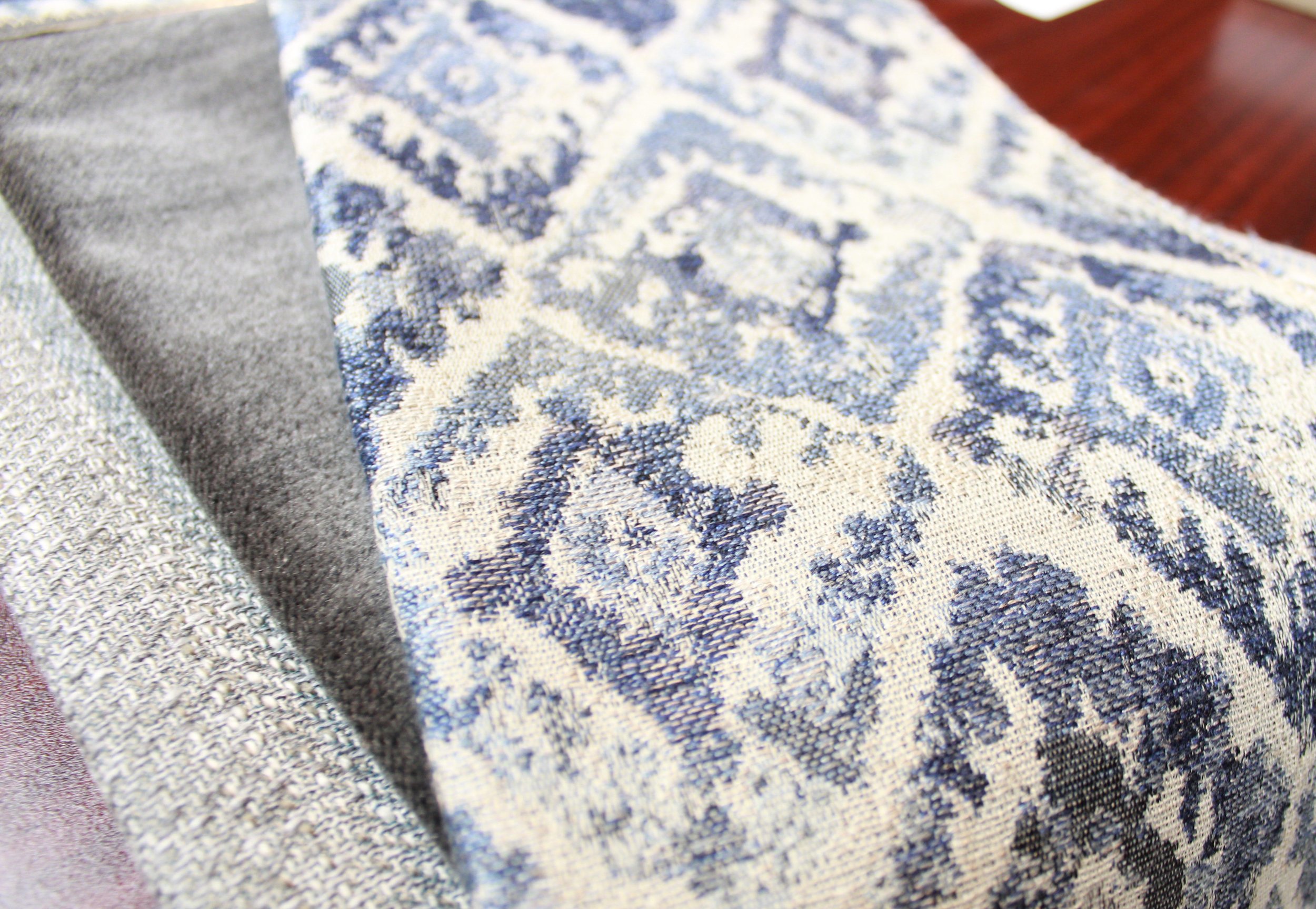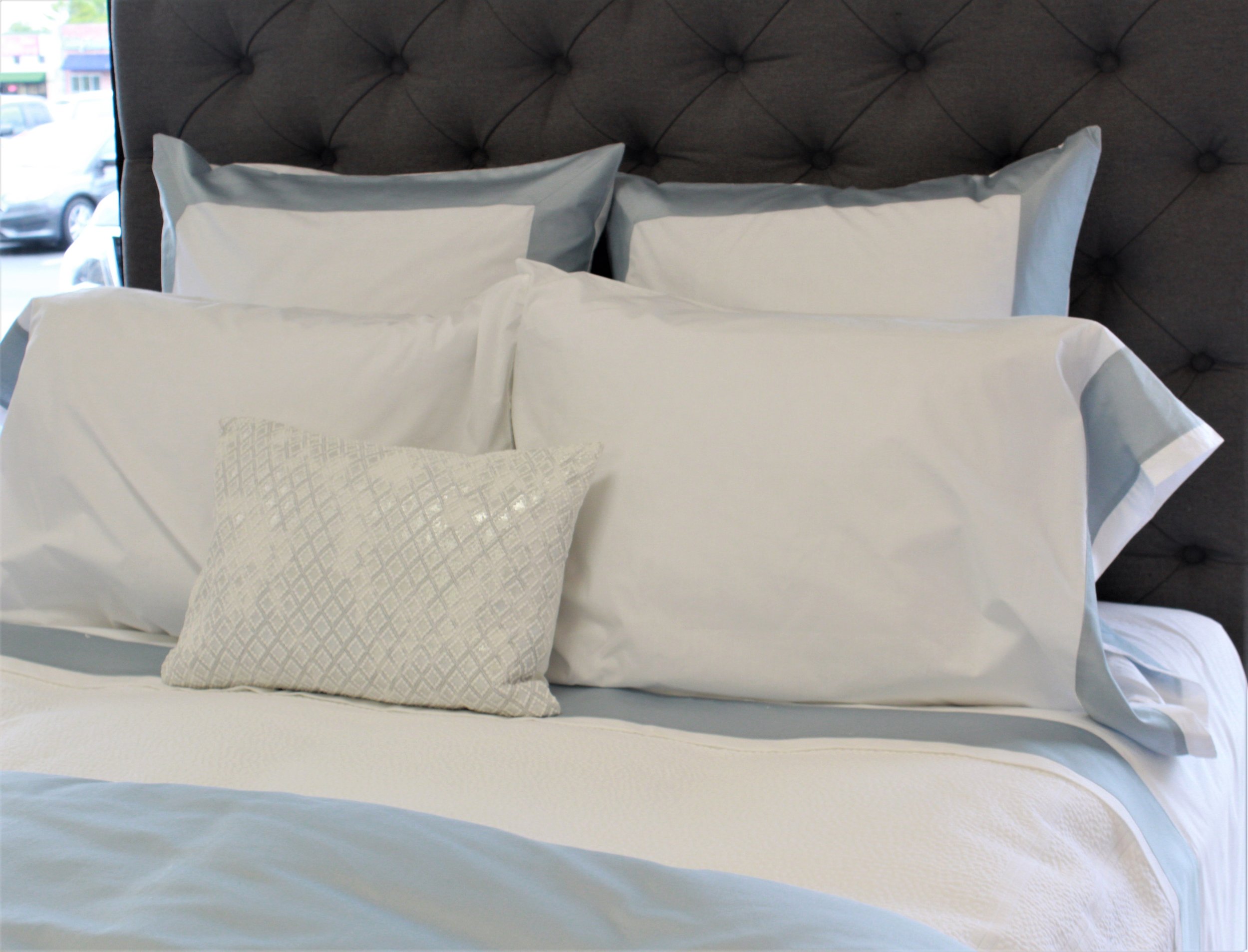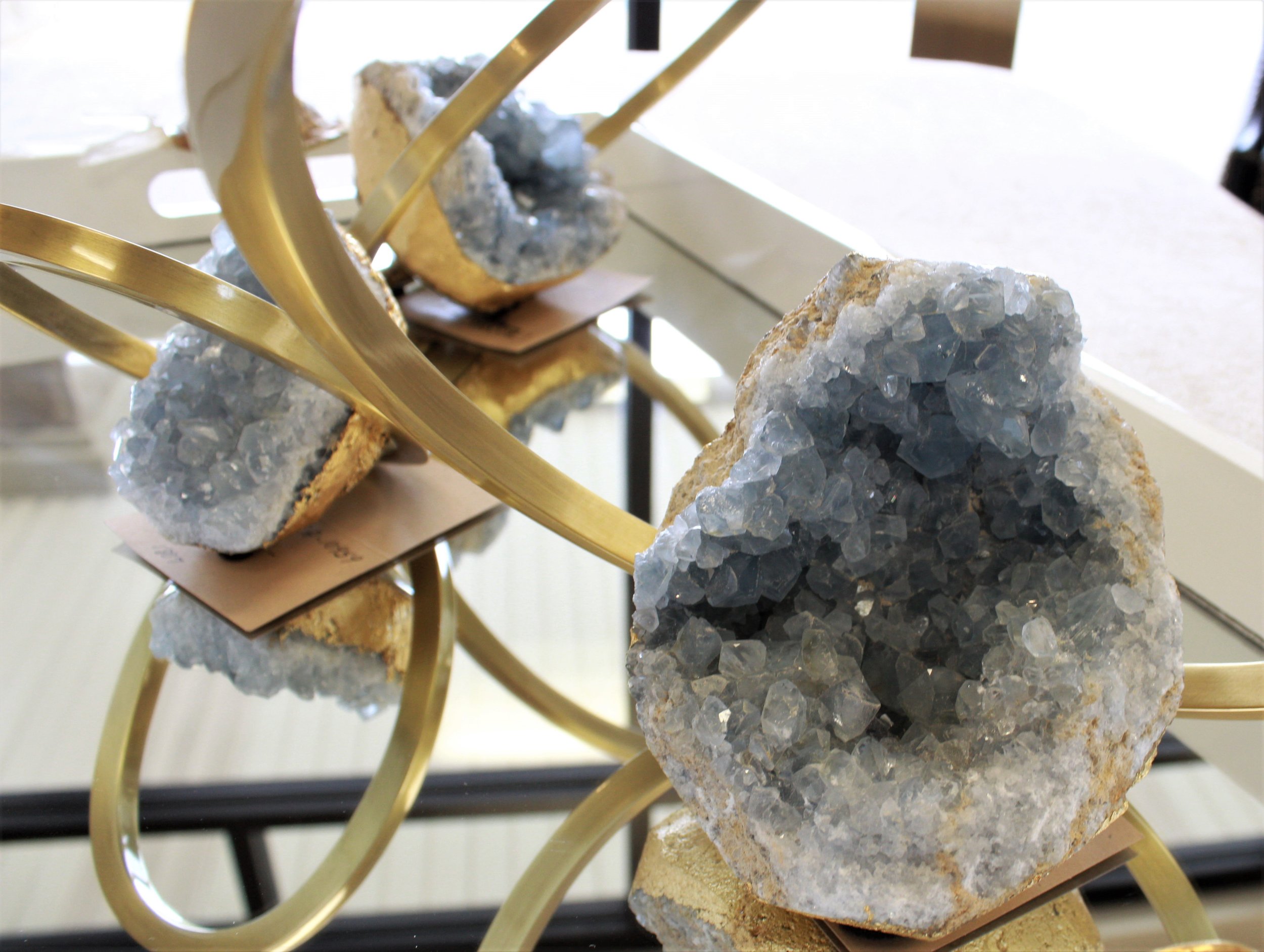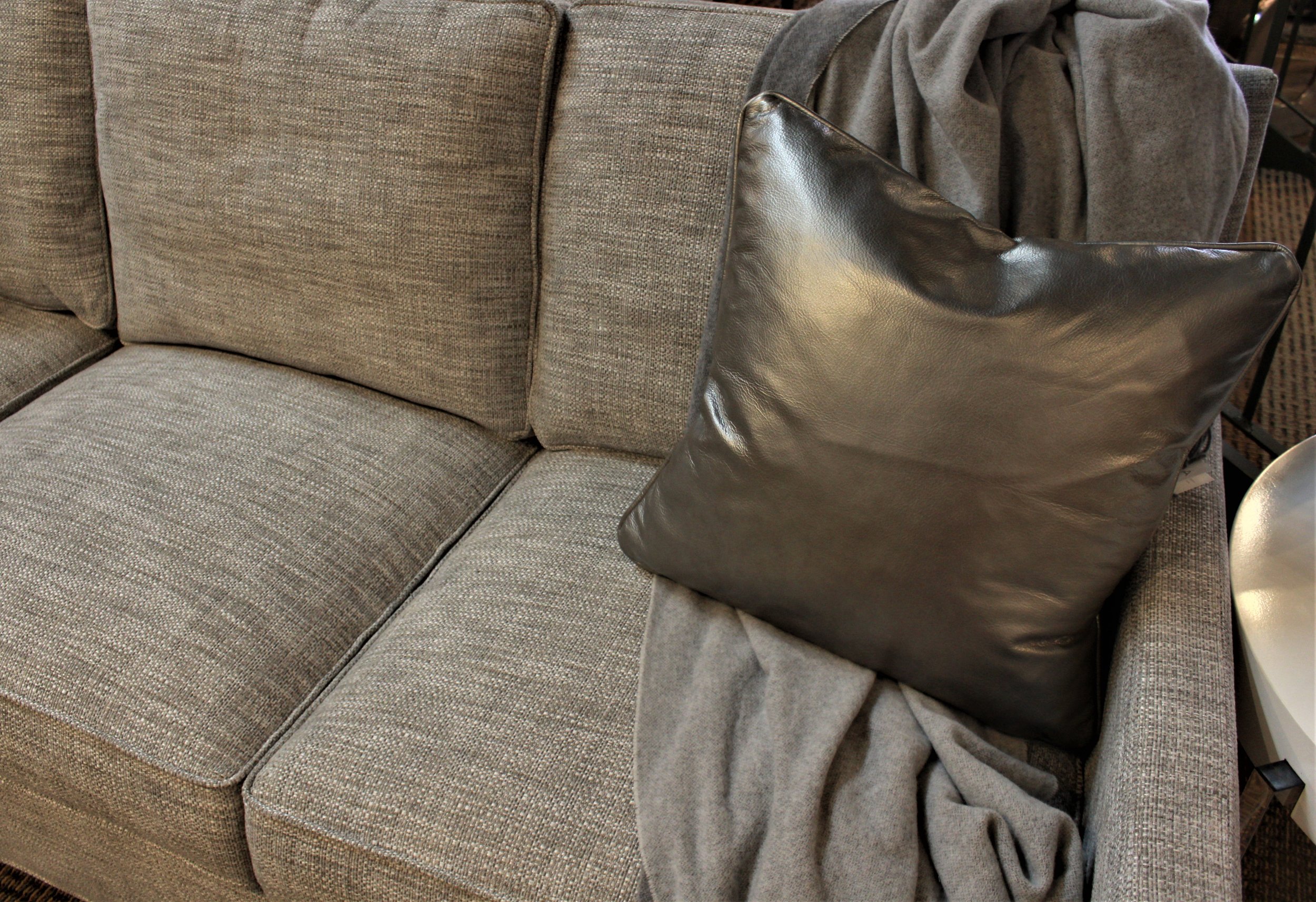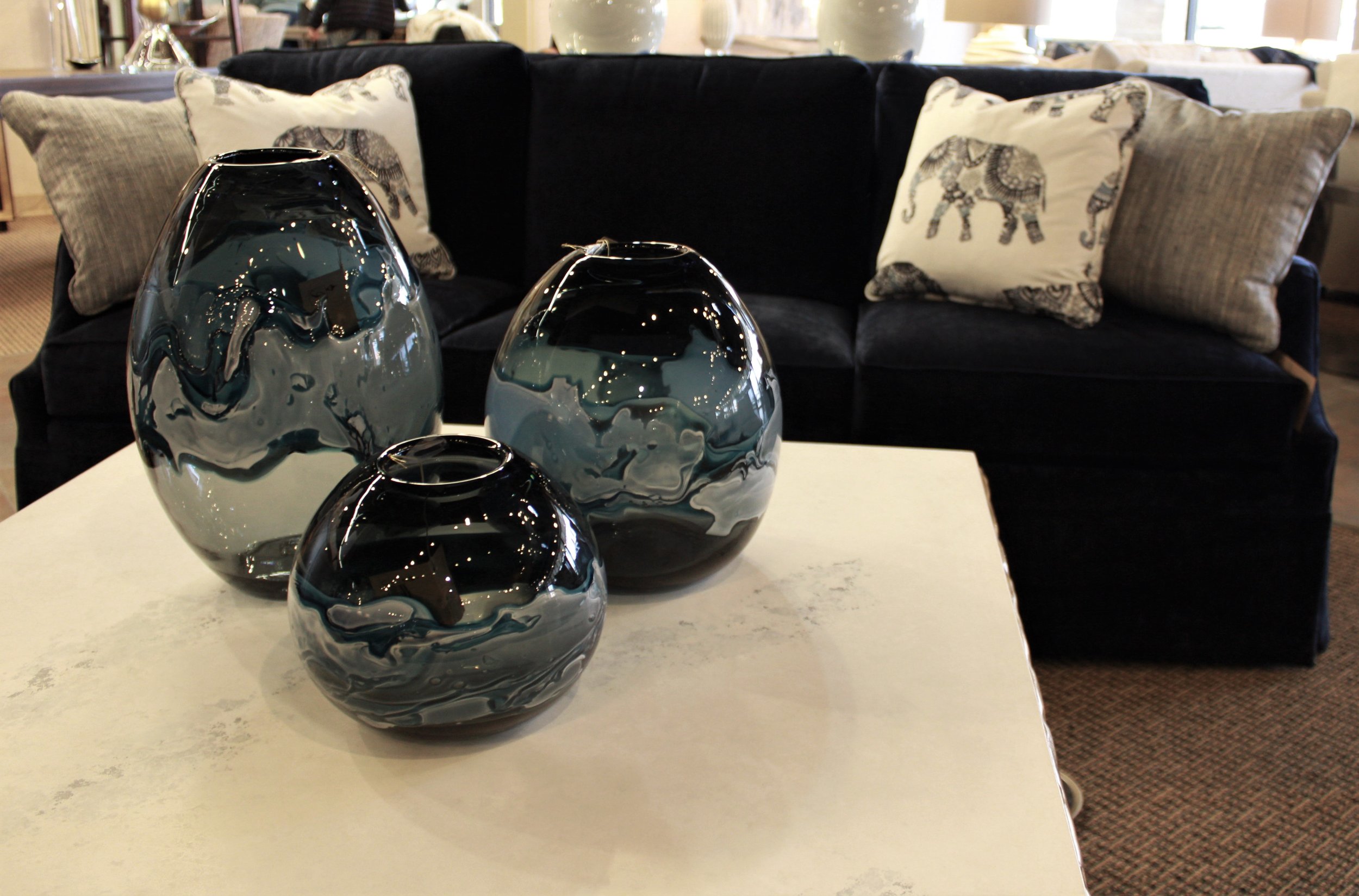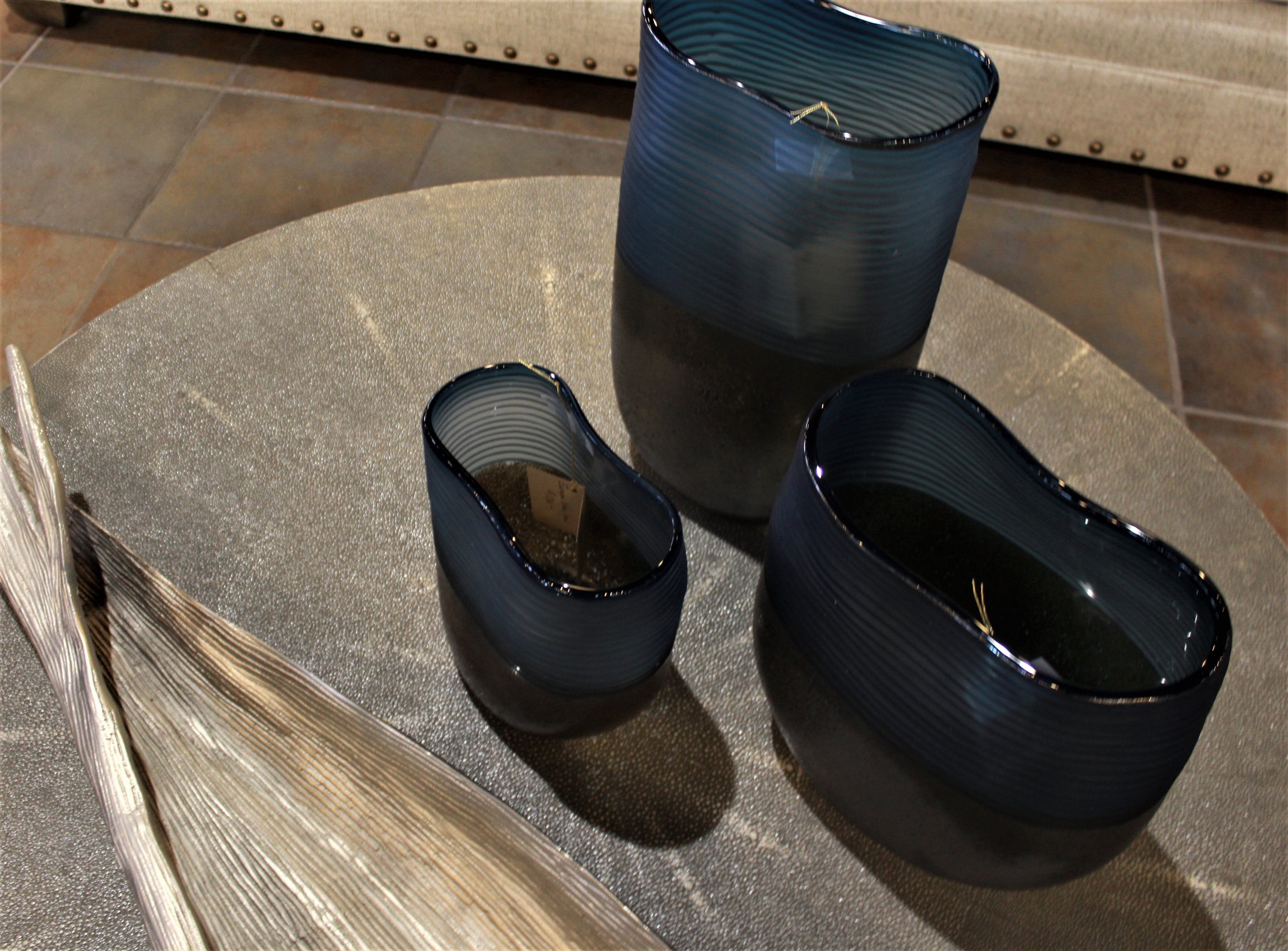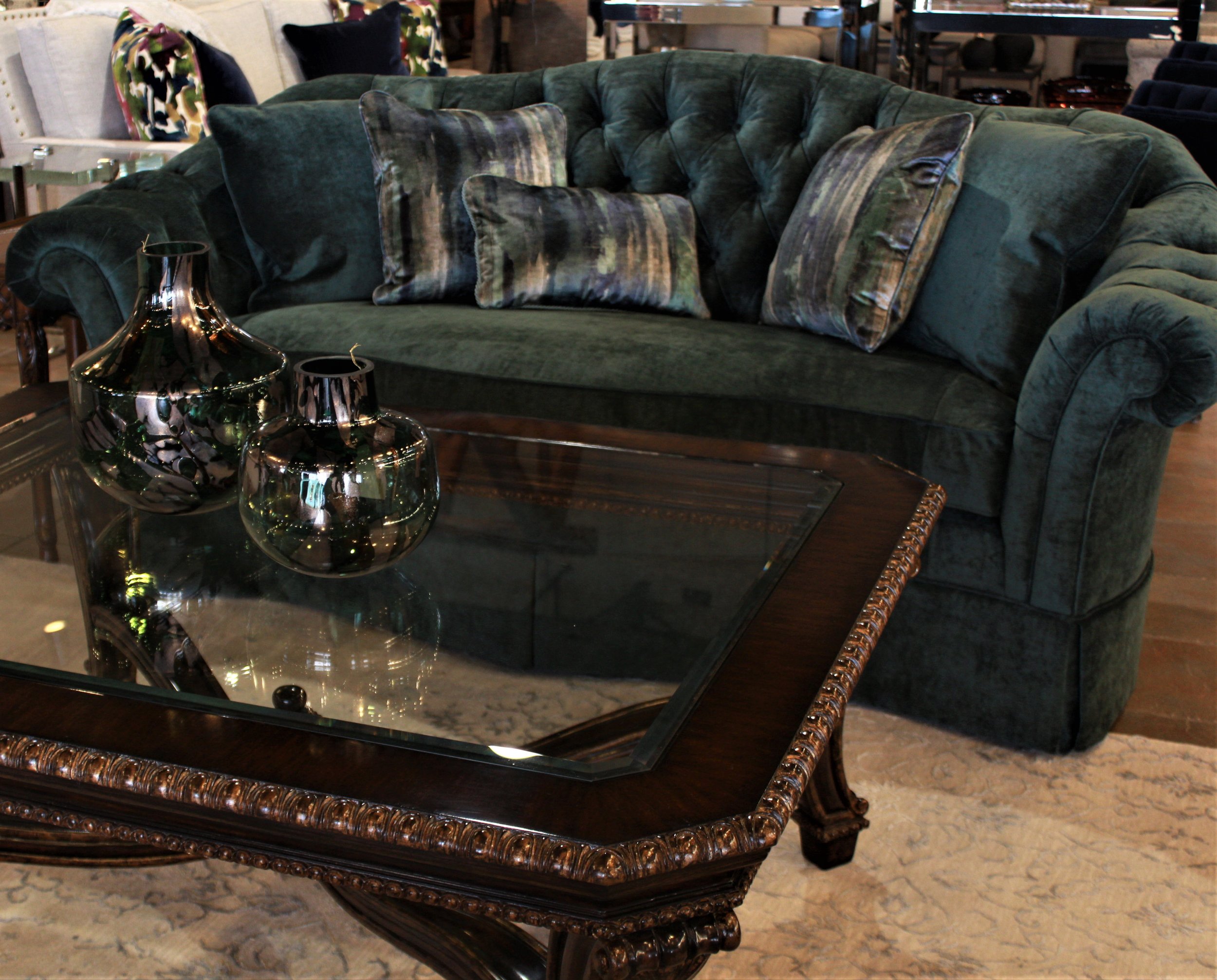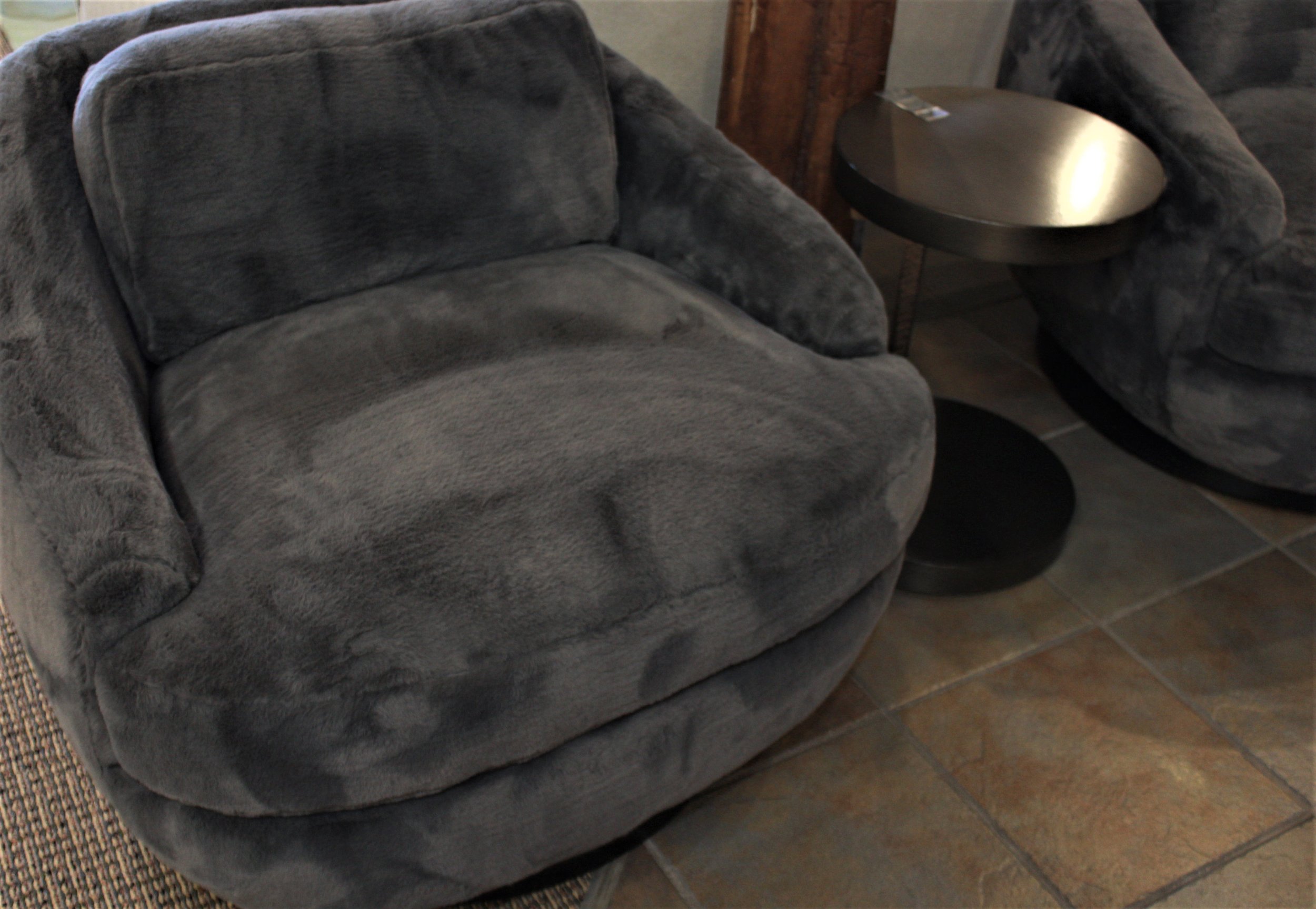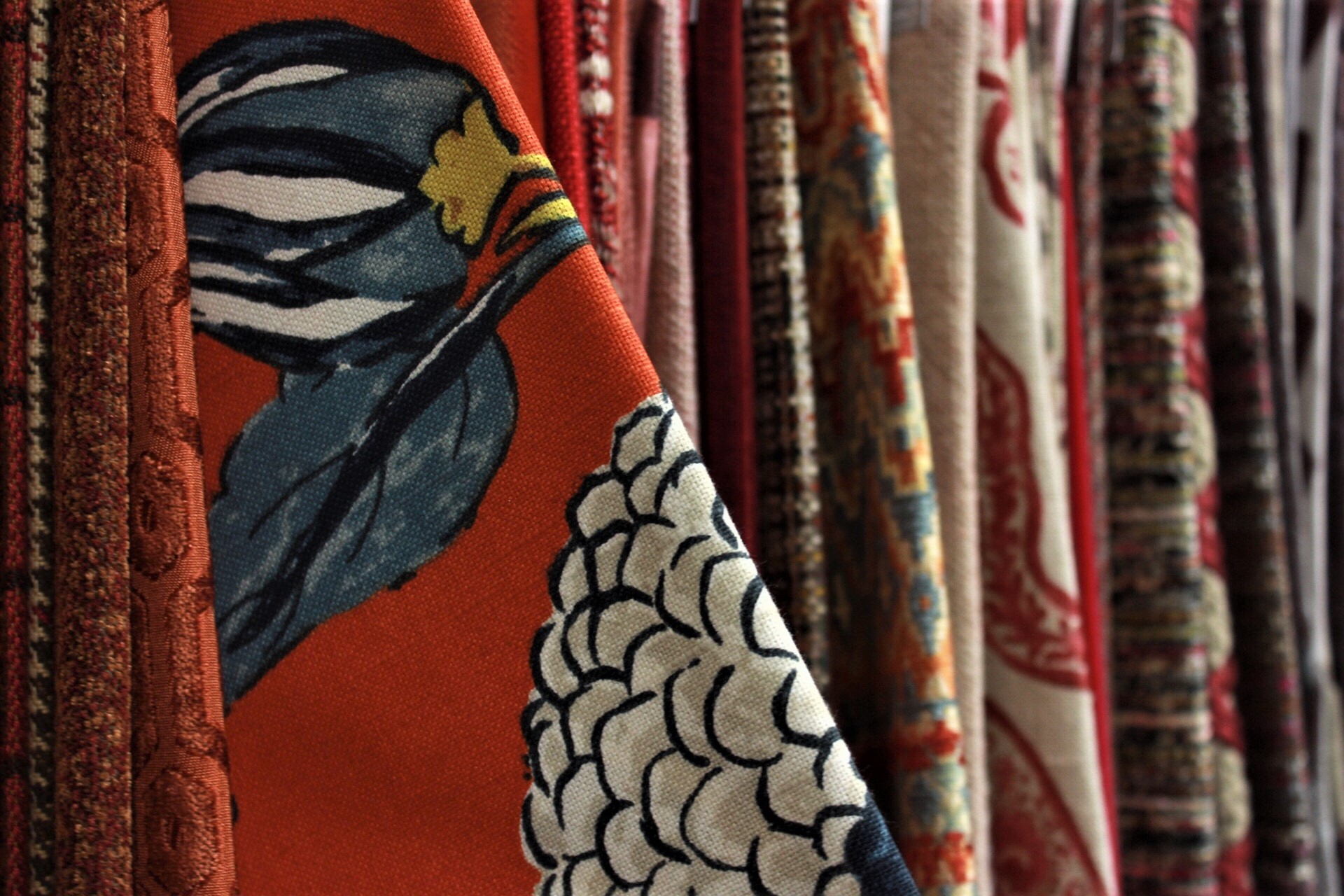Japan
Photo: https://pixabay.com/photos/apartment-view-interior-room-3564955/
One of the best ways to step out of your style comfort zone is to try an interior design style from another country. There is an endless world of design possibility out there. Most of these design styles have trickled to the United States in one way or another, but their uniqueness is still not as well known.
The Japanese interior design style is one that would suit those who enjoy clean, modern spaces. Minimalists feel at home in spaces like these. The Japanese style puts more emphasis on space than it does on the things filling a space. This is the opposite of most European styles, which are known for specific accents or types of furniture. Japanese principles include balance, order and natural beauty.
What else? Read on to discover more attributes of Japanese interior design.
Layout
Japanese interiors emphasize open space. Don’t make things crowded; use as little furniture as possible. Many Japanese spaces don’t even use interior walls to split things up--they opt for movable screens instead. This keeps the entire space open.
Photo: https://pixabay.com/photos/asia-live-living-room-japanese-4209448/
Textures
Much of Japanese design is based off of nature. The goal of a Japanese interior is to become one with nature. This means many textures used in Japanese spaces are those that can be found in nature. One specific example is wood, which is used abundantly in Japanese homes. Find it on floors, frames and doors.
Accents
As with everything else, keep the accessories minimal. Japanese spaces are as uncluttered as possible. Use plants, like bamboo or bonsai, to spruce things up.
Photo: https://pixabay.com/photos/bamboo-forest-green-plant-wood-20936/
Color
Colors, like other aspects of Japanese design, are also based off of nature. Soft blues and greens, along with neutrals, work well. Make sure colors are muted, as the goal of a Japanese space is to be relaxing and blend in with nature.
Deck out your whole home with the Japanese design style, or simply incorporate a few of the design principles for a calmer, more relaxing space.
Michaela Satterfield
James Décor Writer
Sources:
https://www.impressiveinteriordesign.com/japanese-interior-design-the-concept-and-decorating-ideas/
http://www.home-designing.com/2012/12/japanese-style-minimalist-inspiration










